About the Author:An English Writer, mathematician, logician, Anglican deacon and photographer, Charles Lutwidge Dodgson, more popularly known by his pen name, Lewis Caroll, is famous worldwide for his children fiction and nonsensical genre. Popularly celebrated for his poem The Hunting of the Snark, novel Alice’s Adventures in Wonderland and its sequel Through the Looking Glass which contains this poem called Jabberwocky are all examples of the nonsensical genre. His talent is noted especially for the word play, logic and fantasy. He started writing at a very young age, initially through his family magazine and eventually independently.
Jabberwocky Summary
This particular poem titled Jabberwocky is regarded as one of the best of its kind, a nonsensical poem in English Literature. “Jabberwocky” is a part of one of the famous and commendable works by Lewis Caroll, “Through the Looking Glass” which is the sequel to “Alice’s Adventures in Wonderland”. Through the Looking Glass is a narrative within the back-to-front world of the looking glass and how Alice deals with it all. Witten in easy, whimsical, humorous and a playful tone which is understandable especially children. One needs to awaken their inner child to infer and understand this poem. There is no requirement to be logical to make sense as it is a nonsensical poem. The poem starts by describing an afternoon having creatures strange and nonsensical enough to make you wonder, such as rath, miling, jubjub, borogoves etc. The poem claims that they are scary and dangerous creatures with weird noises. Narrating the story of a small boy and his father, the poem is written in gibberish and simple English. While some words do not make any sense, the father makes his little child aware of this one dangerous creature called Jabberwocky and asks him to be careful. Jabberwocky’s decription in the poem is that of some giant having horrible teeth and claws found in the woods. The father though, describes the other creatures also with gibberish names like Bandersnatch and Jubjub bird. The son, on account of his bravery, gathers his instruments – a sharp and voyal sword said to be creating menace and goes out in search of Jabberwocky.
After searching for long and getting tired, he decides to rest under a Tumtum tree but later on he manages to find the creature called Jabberwocky, fights and kills him. He then takes Jabberwocky’s head to his father which makes the father a proud and happy one celebrating his son’s bravery. A story for small children, this poem carries a moral for them to be brave at all points in time of their lives, find solutions for their problems and not being an escapist. The meaning inferred from this poem is highly subjective – from a nonsensical poem to a children’s tale to something like an imagination enhancer, it stands through all the categories. The first and last stanza being the same indicates that everything was back to its normality.
Jabberwocky Critical Analysis
Background, Context and History
Jabberwocky is a nonsense poem written by Lewis Carroll and included in his 1871 novel Through the Looking-Glass, and What Alice Found There, a sequel to Alice’s Adventures in Wonderland. The book tells of Alice‘s adventures within the back-to-front world of a looking glass. In an early scene in which she first encounters the chess piece characters White King and White Queen, Alice finds a book written in a seemingly unintelligible language. Realising that she is travelling through an inverted world, she recognises that the verses on the pages are written in mirror-writing. She holds a mirror to one of the poems, and reads the reflected verse of “Jabberwocky”. She finds the nonsense verse as puzzling as the odd land she has passed into, later revealed as a dreamscape. Jabberwocky is considered one of the greatest nonsense poems written in English. Its playful, whimsical language has given English nonsense words and neologisms such as “galumphing” and “chortle””.
A decade before the publication of Alice’s Adventures in Wonderland and the sequel Through the Looking-Glass, Carroll wrote the first stanza to what would become “Jabberwocky” while in Croft on Tees, close to Darlington, where he lived as a child, and printed it in 1855 in Mischmasch, a periodical he wrote and illustrated for the amusement of his family. The piece was titled “Stanza of Anglo-Saxon Poetry” and read as follows:
Twas bryllyg, and ye slythy toves
Did gyre and gymble in ye wabe:
All mimsy were ye borogoves;
And ye mome raths outgrabe.
The rest of the poem was written during Carroll’s stay with relatives at Whitburn, near Sunderland. The story may have been partly inspired by the local Sunderland area legend of the Lambton Worm
Form and Meter
Ballad Stanza
(Deeper Meaning)
This poem, for all its whimsy, is mighty regular. “”Jabberwocky” is written solely in quatrains (four-line stanzas) that have a regular ABAB, CDCD, EFEF rhyme scheme. The lines themselves are mostly written in iambic tetrameter. That’s a lot of syllables, so let’s look at the first lines with the accents all marked out like:
‘Twas brill-ig, and the sli-thy toves
Did gyre and gim-ble in the wabe
There are four stressed syllables in each line, and that they alternate neatly with unstressed syllables, with the unstressed syllable coming first hence following the pattern of iambic tetrameter. The iambic bit refers to the unstressed-STRESSED, unstressed-STRESSED rhythm of it, and the tetrameter bit is that there are four iambs (or four unstressed-STRESSED groupings) in each line.
The only irregularity in the rhythm itself is the fact that the last line of each stanza only has three stresses, making it iambic trimeter. (“and came ga-lumph-ing back.”) However, one can still call this poem a Ballad Stanza, because ballad stanza isn’t the world’s most regular form. It can be alternating tetrameter and trimeter, and its rhyme scheme can be ABAB or ABBA or ABCB.
Symbols, Imagery and Wordplay
Symbol Analysis
Fantasy is Carroll’s hallmark, and his ability to create an engrossing and thoroughly strange alternate reality puts him in league with writers like Tolkien and C.S. Lewis (and Dr. Seuss). Carroll creates these realities in order to tell us stories that simply can’t happen in the real world (fighting dragonish beasts), and to stretch the possibilities of metaphor to their limit. This would be clearer with a line by line explanation – Lines 1-2: There’s plenty of imagery here, and we know this because the sentence is constructed like an ordinary descriptive sentence (“it was [adjective], and some noun was doing something”), but the words are all jumbled. Line 5: The line asks us to be beware of something. Clearly the speaker here is alluding to some enemy, but like in the majority of the poem, we don’t know exactly what it is, or what it’s like (other than equipped with rather nasty jaws and claws). Line 6: More unidentifiable horrible creatures. Clearly, by this point the reader ought to know that these things, and thus the events of the poem, are not of the world we inhabit.
Carroll creates his fantasy world through the use of clever sonic devices and ridiculous vocabulary.
Setting of the Poem
The setting in this poem is nearly unfathomable. Starting in a strange wood at first, with strange creatures and plants whose physical forms are left nearly entirely to our imagination. Then, it moves on to a more domestic scene, where a father is giving advice to his son. For the climactic moments of the poem, the hero moves back out into the woods, deeper and darker this time, and comes face-to-face with his nemesis. After the battle, towards the end, the protagonist returns to the domestic, in a scene of celebration, and then finally returns to where he came from, with the same strange pastoral that has been forever altered by the battle between good and evil.
Title
Just like most epics with a central character, “Jabberwocky” is simply titled after the most significant thing in the poem – the giant monster foe. The title of this poem forces us to reckon with the monster as the central force of the poem. It shifts our attention to the monster, and away from our anonymous hero.
Mystery speaker
In Through the Looking-Glass (which happens to be the actual book where “Jabberwocky” was published), Alice simply finds the poem in a book on the Queen’s table. So the poem has already been published in the story in which it’s published and there is no mention as to who is speaking these lines.
Special Feature
This poem is made up of Portmanteau words. Portmanteaus words are two words combined to make one. The poem is supposed to be nonsense because of the usage of meaningless words such as vorpal, Jubjub, mimsy, borogoves, tumtum etc but this nonsense is not considered as an insult. This analysis is writen by Anuradha.
Keywords- Jabberwocky Analysis, Jabberwocky Critical Analysis, Jabberwocky Summary, Line by line meaning of Jabberwocky, Theme of Jabberwocky, Central Idea of Jabberwocky, Form and Structure
Some online learning platforms provide certifications, while others are designed to simply grow your skills in your personal and professional life. Including Masterclass and Coursera, here are our recommendations for the best online learning platforms you can sign up for today.
The 7 Best Online Learning Platforms of 2022
- Best Overall: Coursera
- Best for Niche Topics: Udemy
- Best for Creative Fields: Skillshare
- Best for Celebrity Lessons: MasterClass
- Best for STEM: EdX
- Best for Career Building: Udacity
- Best for Data Learning: Pluralsight

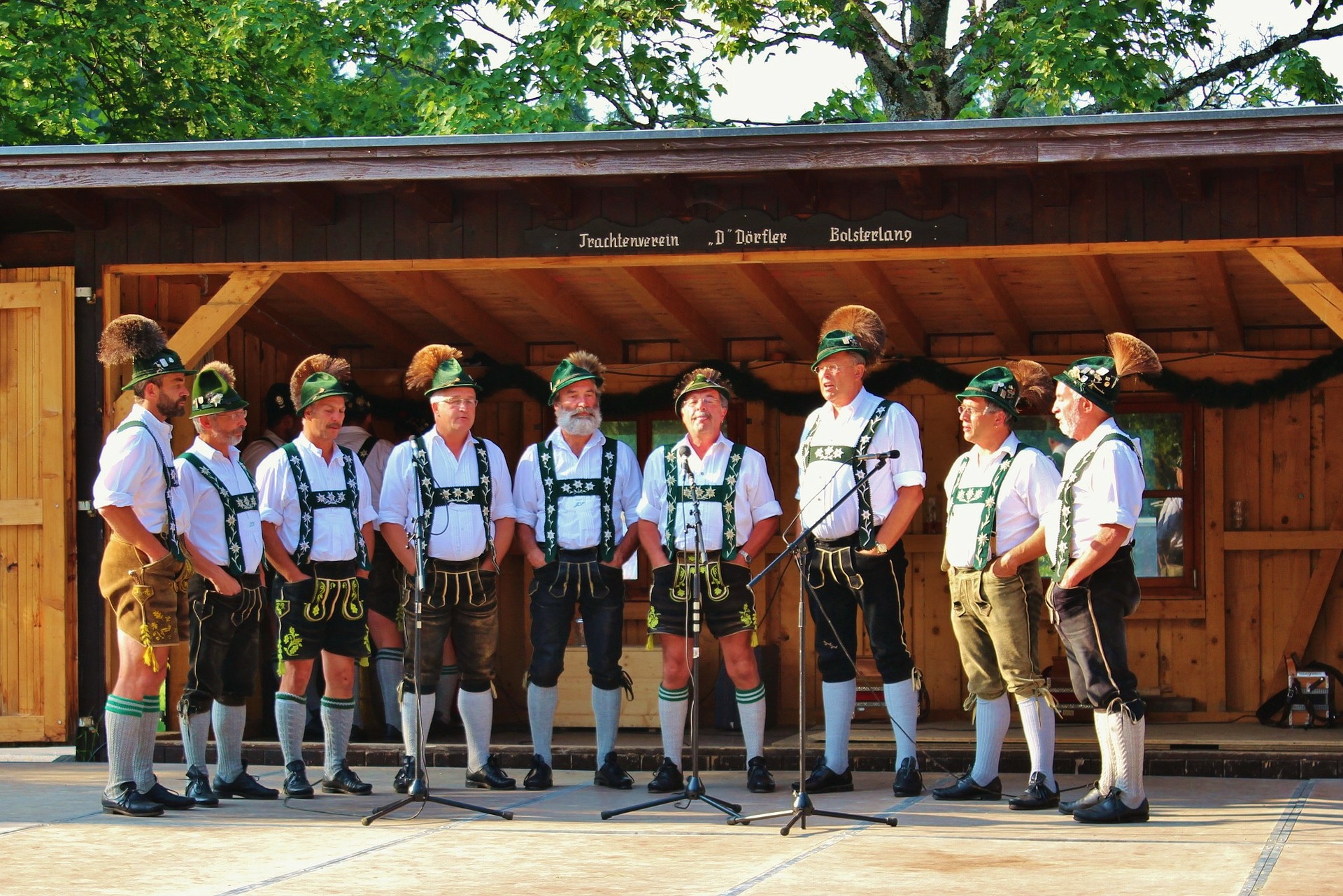

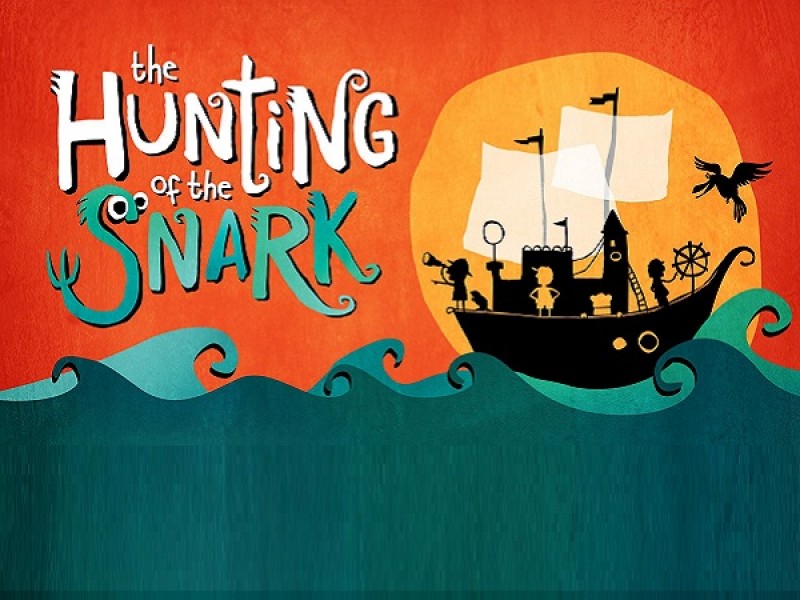
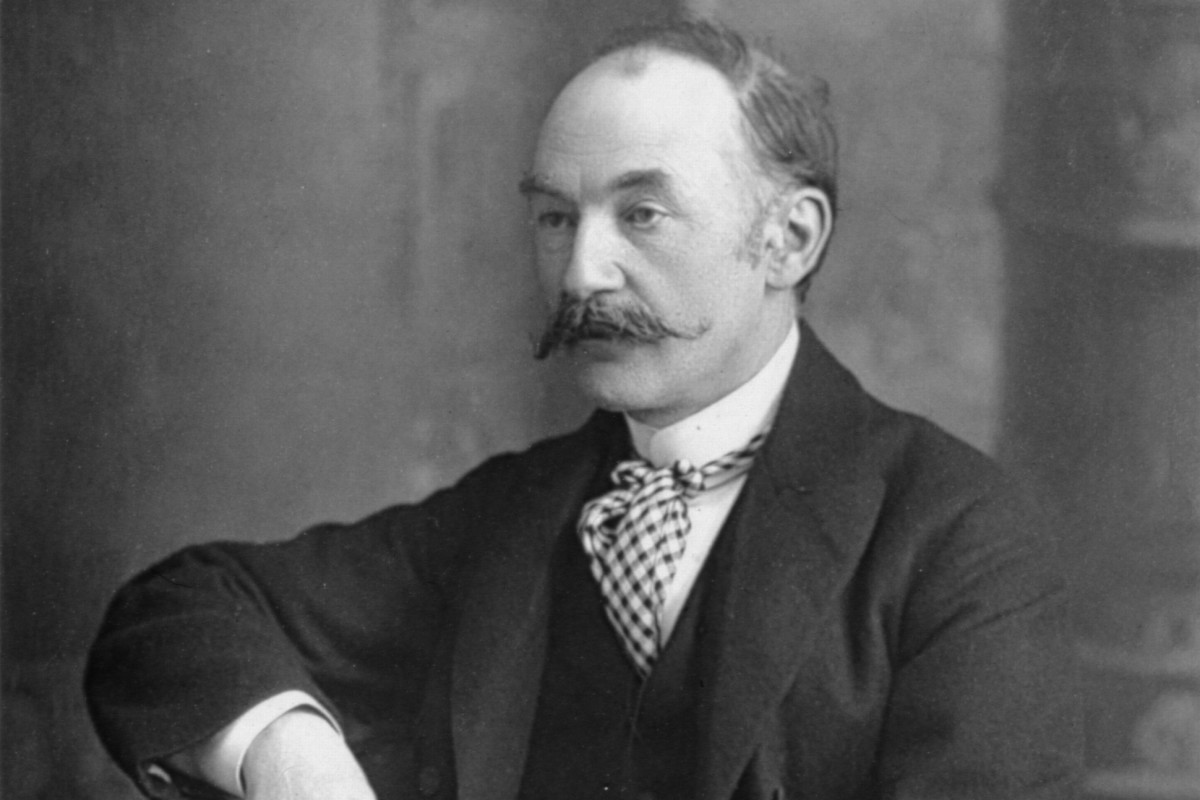
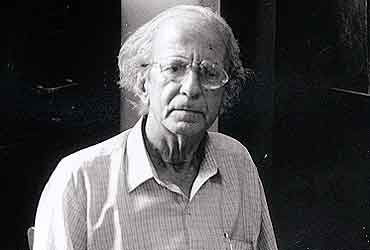



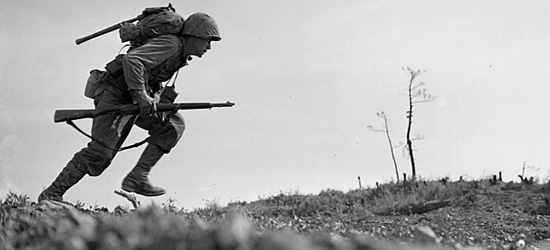
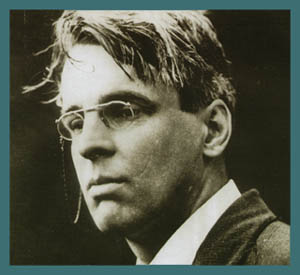





1 comment
Comments are closed.